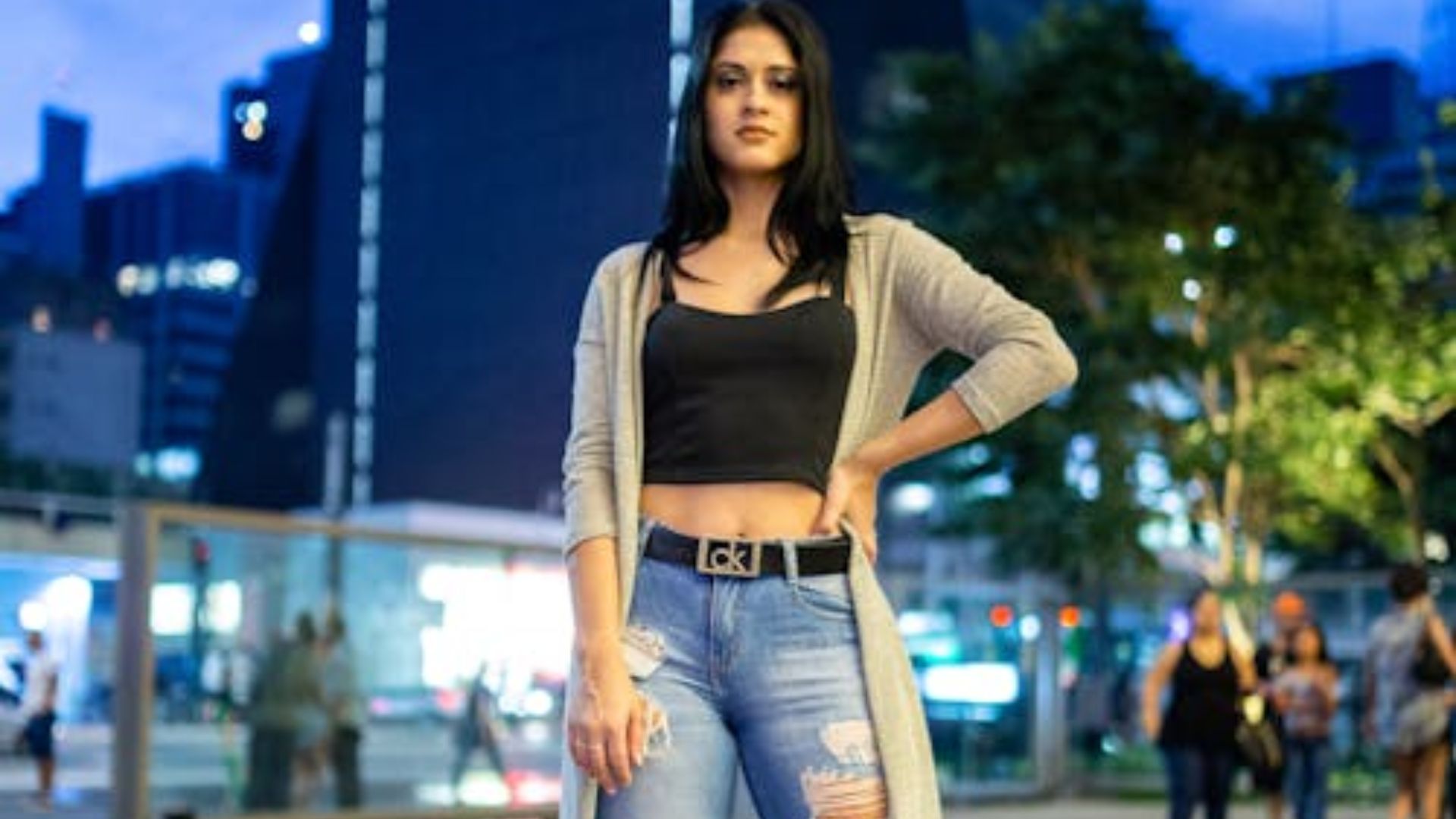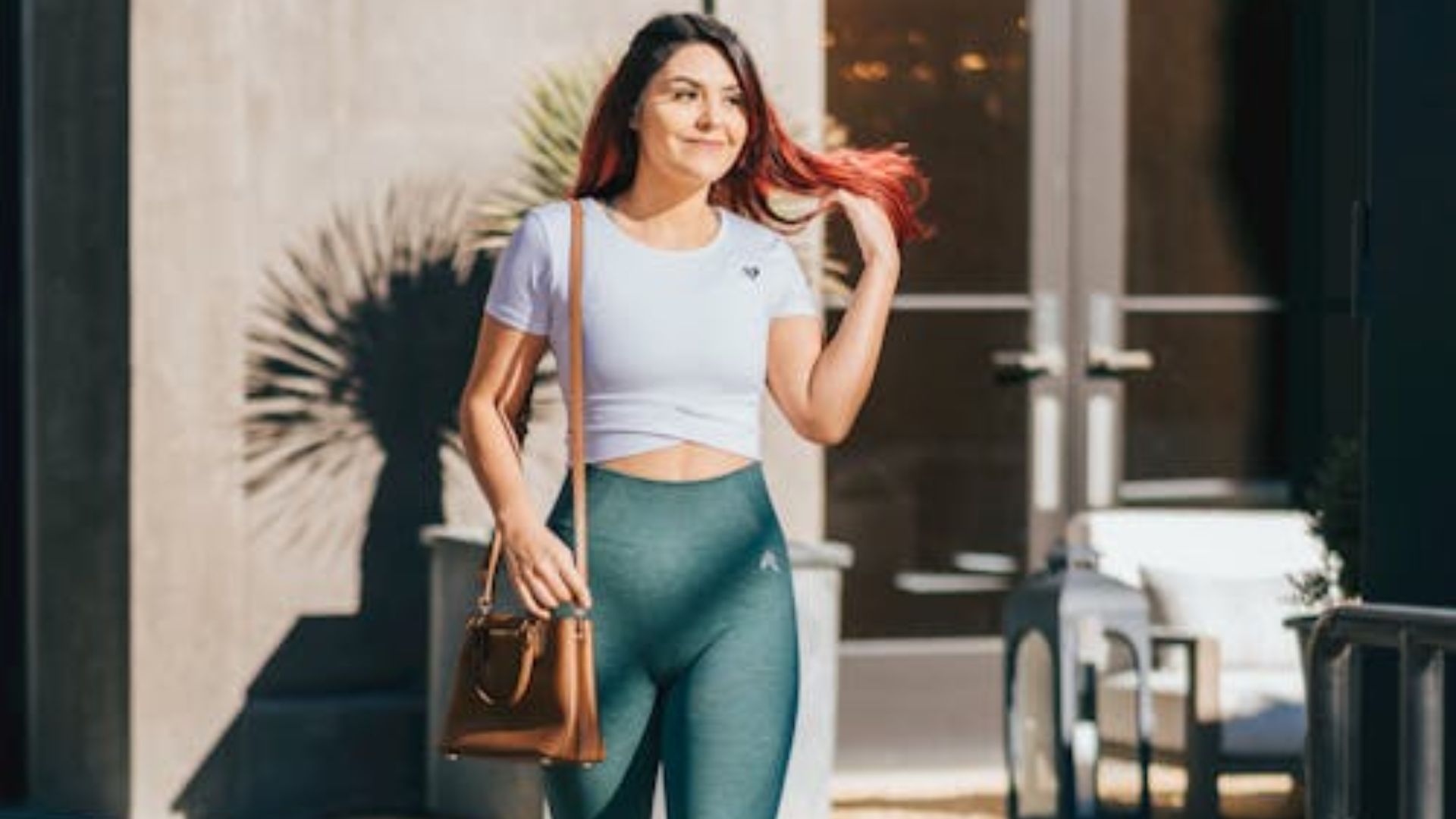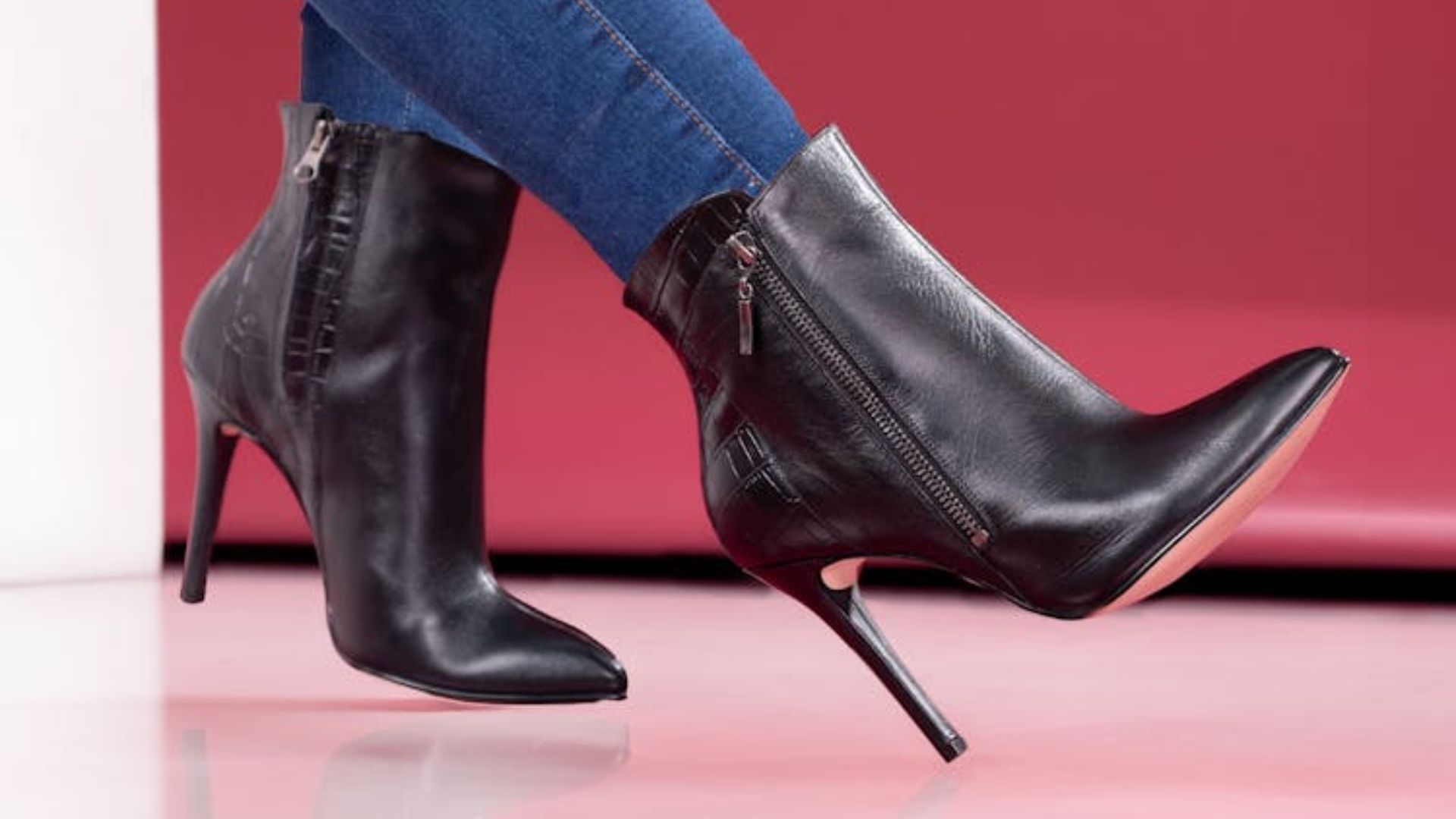
Every Sunday morning, the question sneaks in: What should I wear to church? Fashion is an expression of personality, but some choices can unintentionally overshadow the reverence of the setting.
Churches are still sacred spaces where attire reflects more than just taste. This isn’t about outdated rules or restricting individuality; it’s about respect and cultural expectations.
Certain wardrobe choices can quietly shift focus from worship to distraction, and it happens more often than you think. This list of 15 clothing items will help you avoid the most common missteps. Keep reading to discover what not to wear to church—and why a few simple changes can make all the difference in how you’re received.
Plunging Neckline Tops

While stylish in social settings, deep necklines may unintentionally shift attention from worship to appearance. Many churches emphasize humility through dress, and excessive cleavage can be seen as disruptive rather than fashionable.
Sheer Or See-Through Clothing

Garments made of mesh, lace, or sheer fabric—without appropriate lining—can reveal more than intended. Churches traditionally value attire that reflects reverence. Opting for lined or opaque pieces better aligns with the respectful tone of most congregations.
Mini Skirts

Though fashionable, mini skirts—those rising several inches above the knee—can be viewed as inappropriate for worship services. Wearing longer hemlines demonstrates cultural sensitivity, especially in traditional or conservative settings where shorter garments may signal a lack of regard.
Crop Tops

Crop tops expose the midsection and are more suited to casual or recreational settings than places of worship. Even in warmer months, revealing the stomach area may be interpreted as immodest. A simple blouse or modest-length tunic provides comfort while maintaining a respectful presentation.
Backless Or Strapless Dresses

Dresses that expose the shoulders or upper back often fall outside the boundaries of traditional church attire. While elegant for weddings or parties, strapless or backless designs can appear overly formal or provocative in spiritual settings. Adding a shawl or lightweight cardigan can easily balance modesty with personal style.
Shorts Above The Knee

Wearing shorts that rise above the knee may feel seasonally appropriate, but many churches maintain unspoken expectations around modesty. In various denominations, particularly traditional ones, exposed legs can be seen as overly casual.
Tight Or Bodycon Dresses

Known for their curve-hugging design, bodycon dresses often conflict with the tone of a church environment. These garments can unintentionally draw attention and may be seen as too provocative. Looser-fitting alternatives project elegance while aligning more closely with the quiet dignity expected in worship.
Ripped Or Distressed Jeans

Although common in modern streetwear, distressed jeans with rips or fraying may appear careless in church. Some congregations consider torn clothing disrespectful, even if trendy. Clean, intact denim or slacks are ideal for services that encourage neatness without requiring formalwear.
Athleisure Wear

Athleisure attire like yoga pants is designed for exercise and comfort. However, it lacks the structure and polish often expected in religious spaces. Leggings and athletic tops can give the impression of being underdressed. A flowy skirt or tailored pants help distinguish sacred time from leisure.
Clothing With Offensive Or Bold Slogans

T-shirts and tops with loud slogans or sarcasm may unintentionally offend others or shift attention away from the purpose of the gathering. Churches often promote unity and reflection, which makes bold or controversial messaging on clothing feel out of place.
Heavily Sequined Or Glittery Outfits

While shimmering attire may shine at parties, sequined or glitter-covered outfits can overwhelm a quiet church environment. Excess sparkle distracts from the solemnity of the service and may appear self-focused. Choosing matte fabrics or subtle prints shows awareness of the space.
Over-The-Knee Or Stiletto Boots

Over-the-knee and stiletto boots carry bold visual connotations that rarely align with worship settings. Their dramatic style, often associated with nightlife or high fashion, can feel excessive during services. Modest heels or ankle boots provide a polished, respectful alternative.
Bare Shoulders Without A Covering

Exposed shoulders may be fashionable, but in many churches—especially older or more conservative ones—bare arms are considered too informal. Without a wrap or shawl, sleeveless or off-shoulder styles can feel jarring in a reverent setting.
Visible Undergarments Or Bra Straps

Even when unintentional, visible bra straps or outlines of undergarments can be distracting. Thin materials and loose necklines often result in exposure that’s best avoided in a church setting. Opting for thicker fabrics or layering garments avoids drawing unwanted attention.
Flip Flops Or Beach Footwear

They might be comfortable, but flip-flops, pool slides, or similar casual sandals tend to undermine the formality expected in sacred spaces. Their noisy movement and ultra-relaxed vibe can come off as dismissive. A quiet, closed-toe flat or low-heeled shoe keeps things comfortable and elegant.









